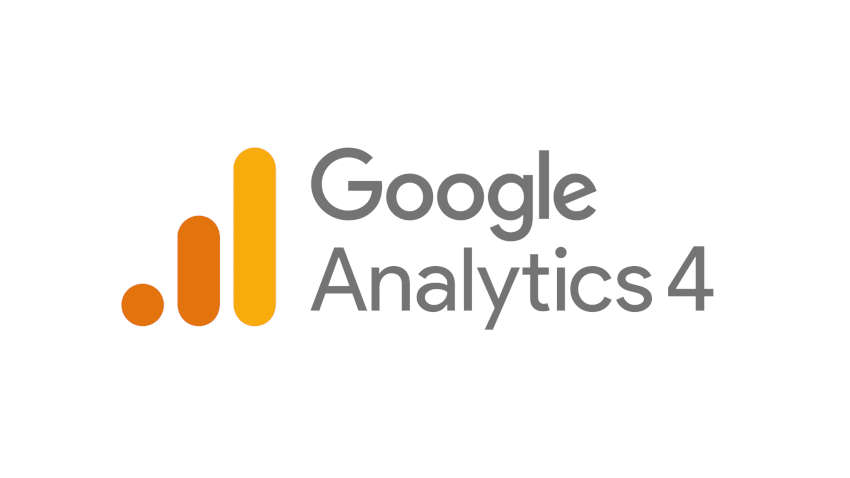Introduction to comprehensive guide to tracking and its benefits
Understanding customer behavior and maximizing online sales are now essential for firms to remain competitive in the modern digital era. An innovative method for monitoring website performance and user interactions is Google Analytics. By taking this analysis to the next level, Enhanced Ecommerce Integration offers marketers and organizations priceless insights into their customers' purchase journeys. We'll go over what Enhanced Ecommerce Integration is, how it functions, the many things you can track, and the many advantages it provides businesses in this article.
What is Google Analytics Enhanced Ecommerce Integration?
A sophisticated tracking solution called Google Analytics Enhanced Ecommerce Integration enables companies to better understand how their clients engage with e-commerce websites. It provides complete data and metrics that enable organizations to make data-driven decisions to maximize sales and marketing efforts, going beyond typical ecommerce tracking.
How Does Enhanced Ecommerce Tracking Work?
Enhanced Ecommerce tracking entails adding extra JavaScript code to your e-commerce website in order to record specific information about user activity. With the help of this code, Google Analytics is able to gather and examine certain interactions and offer meaningful insights into the client journey.
The following essential elements make up the tracking procedure:
Impression Tracking: It keeps tabs on the merchandise that customers see on different pages, including product listings, category pages, and search results. The products that are gaining the most visibility and those that can benefit from optimization can be determined using this data.
Enhanced Ecommerce Integration keeps track of when customers click on a product to get more information about it. Businesses can use this data to determine which goods are generating the greatest interest and which may need to be improved.
Add to Cart Actions: This monitors when customers put items in their shopping baskets. Businesses may refine their product offerings and enhance the checkout process by analyzing this data.
Shopping Cart Behavior: It keeps track of the items that are added to, taken out of, and added back into each cart. This information sheds light on potential conversion-related obstacles.
Steps in the Checkout Process: Enhanced Ecommerce Integration keeps track of every action a customer takes during the checkout process, allowing businesses to spot potential drop-off points and adjust the checkout flow as necessary.
Tracking of Purchases: This essential component keeps track of completed transactions, including order amounts and the items bought. It enables companies to assess their revenue and pinpoint high-performing goods.
What Can You Track with Enhanced Ecommerce Integration?
Product Performance: Enhanced Ecommerce Integration offers insightful information about a product's performance, including impressions, clicks, and conversion rates. Businesses can use this information to see which products are selling well and which might benefit from improvement.
Sales Funnel Analysis: By examining user behavior at each level of the sales funnel, organizations can spot places where conversion rates are dropping off and where they can improve.
Customer activity tracking is made possible by enhanced e-commerce integration over the course of numerous visits and sessions. Companies can learn more about consumer preferences, repeat business, and lifetime value.
Effectiveness of Promotional and Marketing Campaigns: Businesses can evaluate their ROI and allocate resources efficiently by monitoring the performance of promotional campaigns and marketing channels.
Product Attribution: The integration can link sales to certain marketing initiatives, enabling companies to assess the efficiency of their advertising methods.
Checkout Behavior: Examining customer behavior enables companies to spot possible roadblocks and streamline the checkout procedure for higher conversion rates.
Benefits of Google Analytics Enhanced Ecommerce Integration
Enhanced Ecommerce Integration gives organizations a thorough grasp of their clients' purchasing processes. Comprehensive Data Insights. Businesses may improve the whole buying experience by making smart decisions with thorough data on consumer behavior.
Optimize marketing efforts: Businesses can boost ROI by allocating resources to the most lucrative tactics by monitoring the performance of marketing campaigns and channels.
Possibilities for Personalization: With a better understanding of consumer preferences, firms may use individualized advertising and product suggestions to increase client loyalty and satisfaction.
enhance Conversion Rates: Companies can raise their conversion rates and enhance income by locating drop-off spots and streamlining the checkout procedure.
Improved Ecommerce tracking provides insights into product performance, enabling firms to concentrate on high-performing products, optimize underperforming ones, and launch new products that are in line with consumer desires.
Enhanced Merchandising Decisions: Businesses may make data-driven merchandising decisions to increase product visibility and sales by using detailed data on product views, clicks, and cart additions.
Conclusion about Enhanced Ecommerce integration
A game-changer for companies looking to improve their online performance is Google Analytics Enhanced Ecommerce Integration. Businesses may improve marketing strategies, boost conversions, and increase revenue by giving a variety of data and insights into customer behavior. In today's dynamic ecommerce environment, businesses can gain a competitive edge by utilizing the potential of Enhanced Ecommerce Integration.

